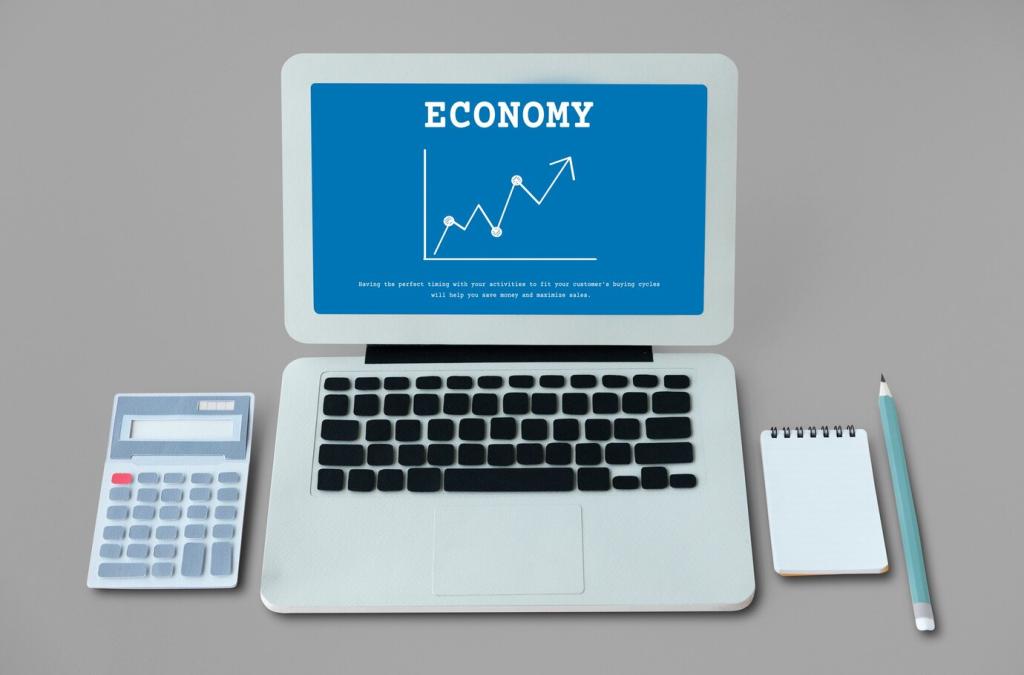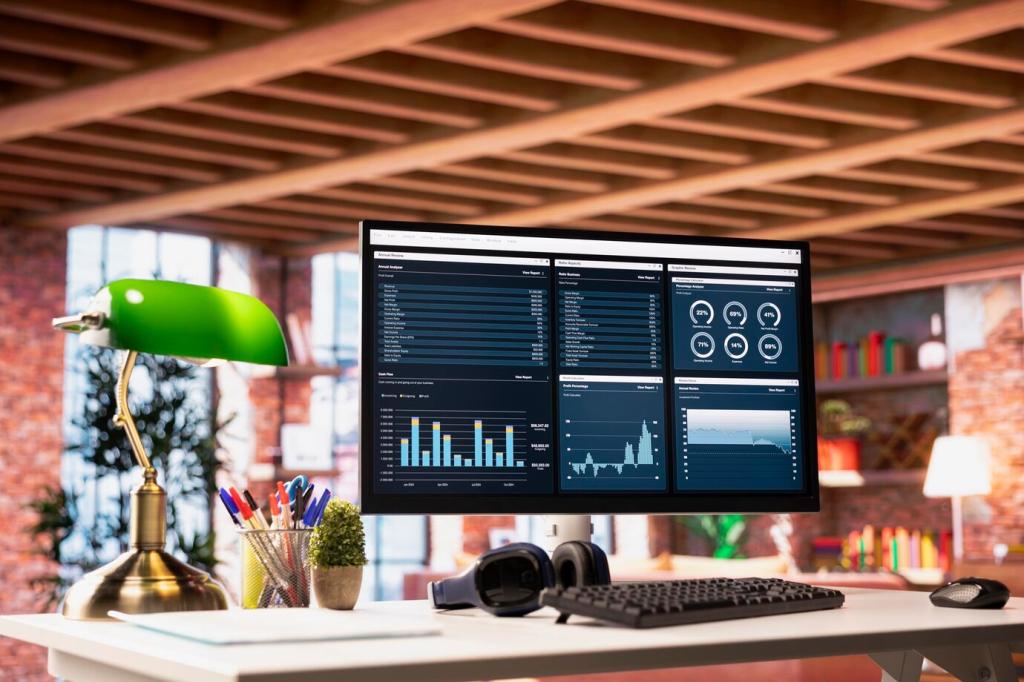Sharper Decisions: Optimizing Managerial Accounting with Cloud Solutions
Chosen theme: Optimizing Managerial Accounting with Cloud Solutions. Welcome to a practical, energetic guide for transforming how your finance team steers the business. Expect real stories, actionable ideas, and a clear path from spreadsheets to resilient, real-time insight. If this resonates, subscribe and tell us which challenge to unpack next.

In the cloud, dimensional models feed living dashboards that answer new questions without rebuilding reports. Product, region, and channel views update automatically, aligning finance and operations. Managers stop chasing files and start probing margins, mix, and capacity in minutes, not weeks.
Why Cloud-First Managerial Accounting Pays Off
When demand swings, cloud-native forecasts re-calc instantly as assumptions change. Scenario drivers ripple through contribution margins and cash projections, giving leadership confidence to adjust discounts or production. You avoid guesswork, reduce costly overcorrections, and keep teams focused on controllable levers that matter most.
Why Cloud-First Managerial Accounting Pays Off
Architecting Your Cloud Accounting Stack
01
Select a cloud ERP or accounting core that supports dimensions for product, customer, and project. Pair it with a star-schema warehouse so managerial reports aggregate consistently. This foundation prevents reconciliation headaches and lets analysts explore profitability without manual joins or brittle spreadsheets.
02
Automate ingestion from CRM, ERP, payroll, and production systems via APIs and scheduled pipelines. Use transformations to standardize calendars, currencies, and cost centers. With dependable freshness and lineage, variance analysis becomes faster, and the month-end scramble fades into calm, repeatable routines.
03
Implement least-privilege roles, audit logging, and data masking for sensitive payroll or pricing fields. Map access to business responsibilities so teams trust the system. With controls embedded in the cloud, you reduce risk while enabling self-serve analytics, not locking it behind administrative bottlenecks.
Real-Time KPIs That Drive Performance
Unit economics you can trust
Track contribution margin by SKU, customer, and channel using standardized drivers for materials, labor, and logistics. In the cloud, allocations are transparent and adjustable, so debates move from data disputes to improvement ideas. Leaders finally see which products carry their weight and which quietly erode margin.
Rolling forecasts and driver-based planning
Build rolling forecasts that update monthly or even weekly with new demand signals. Driver-based models translate volume and price assumptions into revenue, COGS, and capacity impacts. Teams experiment safely, compare scenarios, and quickly select the path that balances growth with resilient profitability.
Variance analysis that sparks action
Enable drill-through from P&L variances to transactions in seconds. Cloud lineage clarifies whether price, mix, or yield drove the gap. Instead of postmortems, managers leave reviews with specific actions—renegotiate freight, adjust batch size, or refine discount ladders—backed by shared, trusted evidence.


A 90-day outcome-first roadmap
Start with a clear business question—like shortening the close or exposing SKU margins daily. Stand up core integrations, define dimensions, and publish a first dashboard. Week by week, replace manual tasks with reliable automation, documenting decisions so scaling later feels obvious rather than risky.
Change management that sticks
Train users with their own data, not generic examples. Celebrate early wins, like eliminating a spreadsheet or automating a reconciliation. Identify champions in operations and finance to keep momentum. The outcome is adoption anchored in usefulness, not mandates or one-off workshops that fade quickly.
Clean data migration, minimal disruption
Migrate reference data first, then transactional history needed for trend and seasonality. Reconcile balances at each stage with automated checks. Stagger cutover to reduce risk. When stakeholders see stable numbers through the transition, confidence rises and the organization embraces the new cloud rhythm quickly.
Automation, AI, and Controls You Can Rely On

No-touch reconciliations and close
Automate reconciliations with rules that match transactions by amount, metadata, and timing windows. Exceptions route to owners with context for quick resolution. The result is a predictable close where energy shifts from clerical work to insight—precisely where managerial accounting adds the most value.

Anomaly detection and continuous monitoring
Use machine learning to flag unusual spikes in returns, discounts, or freight costs before the month ends. Analysts review alerts within governed workflows, closing feedback loops. Over time the system learns your seasonality and thresholds, focusing attention on genuinely material, decision-worthy deviations.

Audit trails, SOX, and stakeholder confidence
Cloud solutions capture who changed what and when, with approvals embedded. This transparency reduces audit fatigue and supports SOX requirements. Executives gain confidence that reported improvements—like margin gains from yield fixes—are not only real but repeatable, traceable, and backed by clean operational data.




